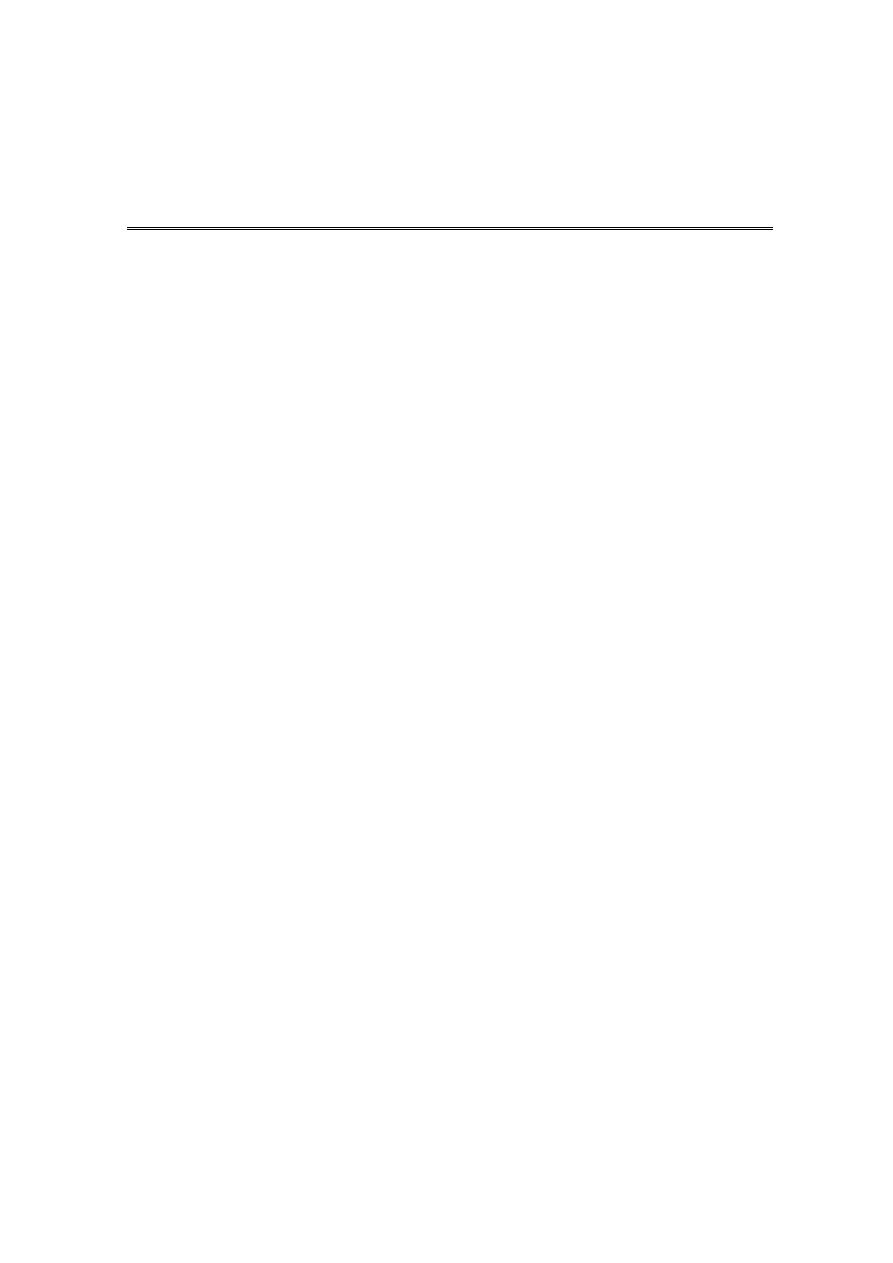
1
4th stage
طب مجتمع
Lec-1
د.ظافر
10/11/2015
Social Sciences and Medicine:
Health can not be isolated from its social context.
Social, cultural, educational, economic, political, religious factors have a
direct bearing on the incidence, prevalence, course and outcome of a
wide variety of all diseases and health problems.
The patient is no longer considered as
one who is under strict laboratory control
(i.e. not a lab animal or a case)
but, an individual with personal characteristics,
variable habits, customs and beliefs all are
reacting on his body and mind.
*Good doctors are being identified as those
who treat people,
and bad doctors as those who treat cases.
Definition of terms:
Society: an organization of member agents.
It is a system of social relationships
between individuals.
Community: The people living in a particular place or region and usually
linked by common interests. So it is a social group determined by
geographical boundaries and or common values of interests .
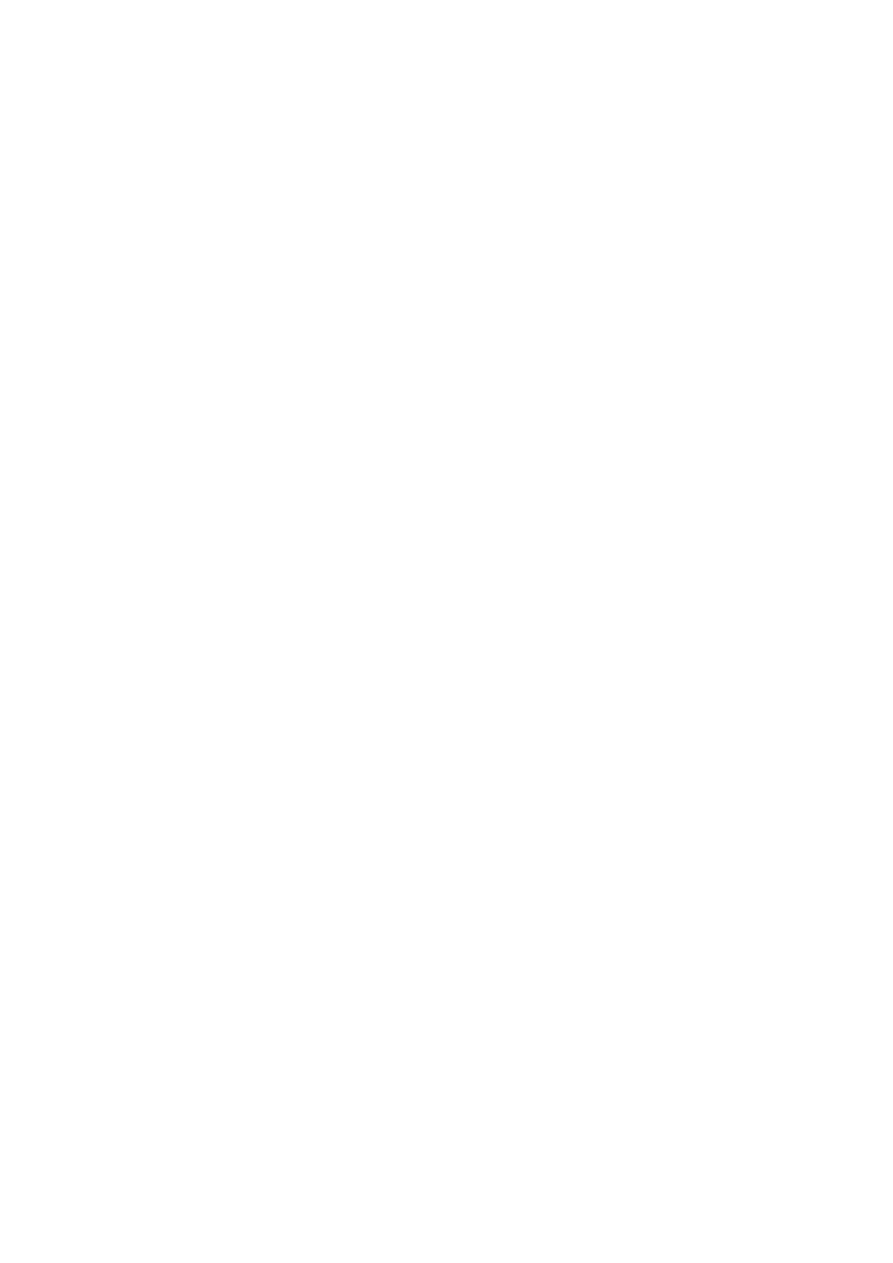
2
Social Structure → anatomy
Social Organization → physiology
Socialism: Any economic policy that favors the use of belongings and
resources of the country for the public welfare.
It is a system of production and distribution
based on social ownership for raising
the living standard of the working class
(motto here is "all for all" and "each for all").
Capitalism: which is based on private ownership of the means of the
production and aims at
maximum private profit at the expense
of the working class
(motto here "all for each" and "each for each").
Socialization: The process by which an individual gradually acquires
culture (beliefs, customs, traditions and prejudices) and becomes a
member of a social group. It includes 2 parts:
Primary socialization: When a child first grow and be a member of his
family, some of these beliefs and customs may be dangerous to his
health as smoking , and hysteria.
* Since the primary socialization is started in the family, so it could be
the first step in the solution of every personal problem.
Secondary socialization: A process which operates through a person
whole life i.e. when being a member of a new group or society as being a
doctor (may be + or -)
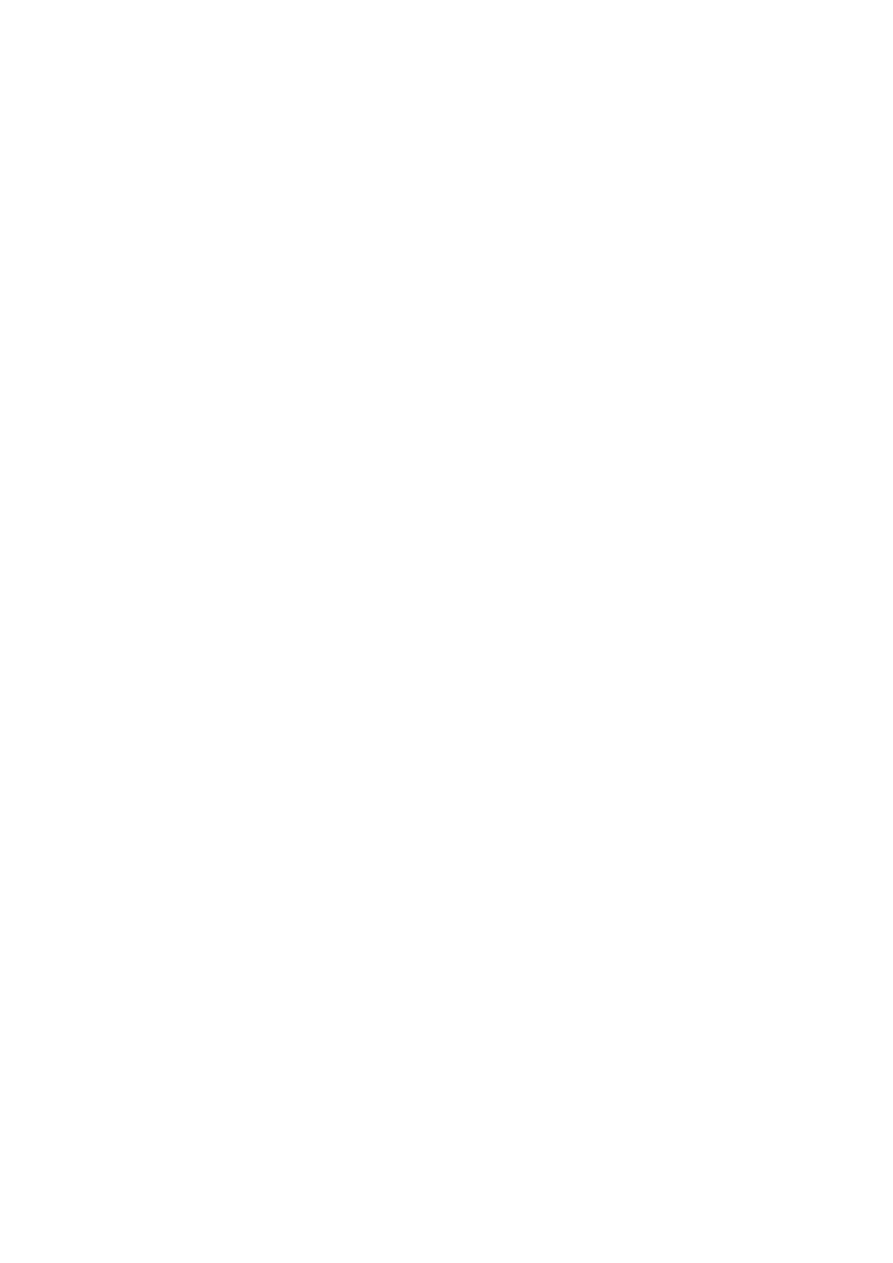
3
Norms of Society: the standard of behavior expected from a person by
their social group.
Deviance: departure from accepted behaviors and it includes any thing
from bad table manner to murder.
Social Control Mechanism:
In every society, there are rules, formal (laws of
enactment and parliament)
and informal for maintenance of relationships of authority and
subordination.
Authority: is the power of influence which some people have over the
others which is generally accepted. It is of different types as
Traditional authority (e.g. the father in the family).
Bureaucratic authority (e.g. the dean of college).
Charismatic authority (e.g. the religious leader).
Professional authority (e.g. the senior in a hospital).
Culture:
man largely is the product of his cultural environment . It is transmitted
from one generation to another through learning process, formal and
informal.
Race: When population differentiated according to certain biological
characteristics only.
Ethnics: When population differentiated according to certain cultural
aspect of racial groups.
Definition of Culture
the organization of shared experience which determine our patterns of
thinking and feeling, it is socially learned, shared and reinforced. It
guides our daily behavior (we recognize the situation and behave
automatically).
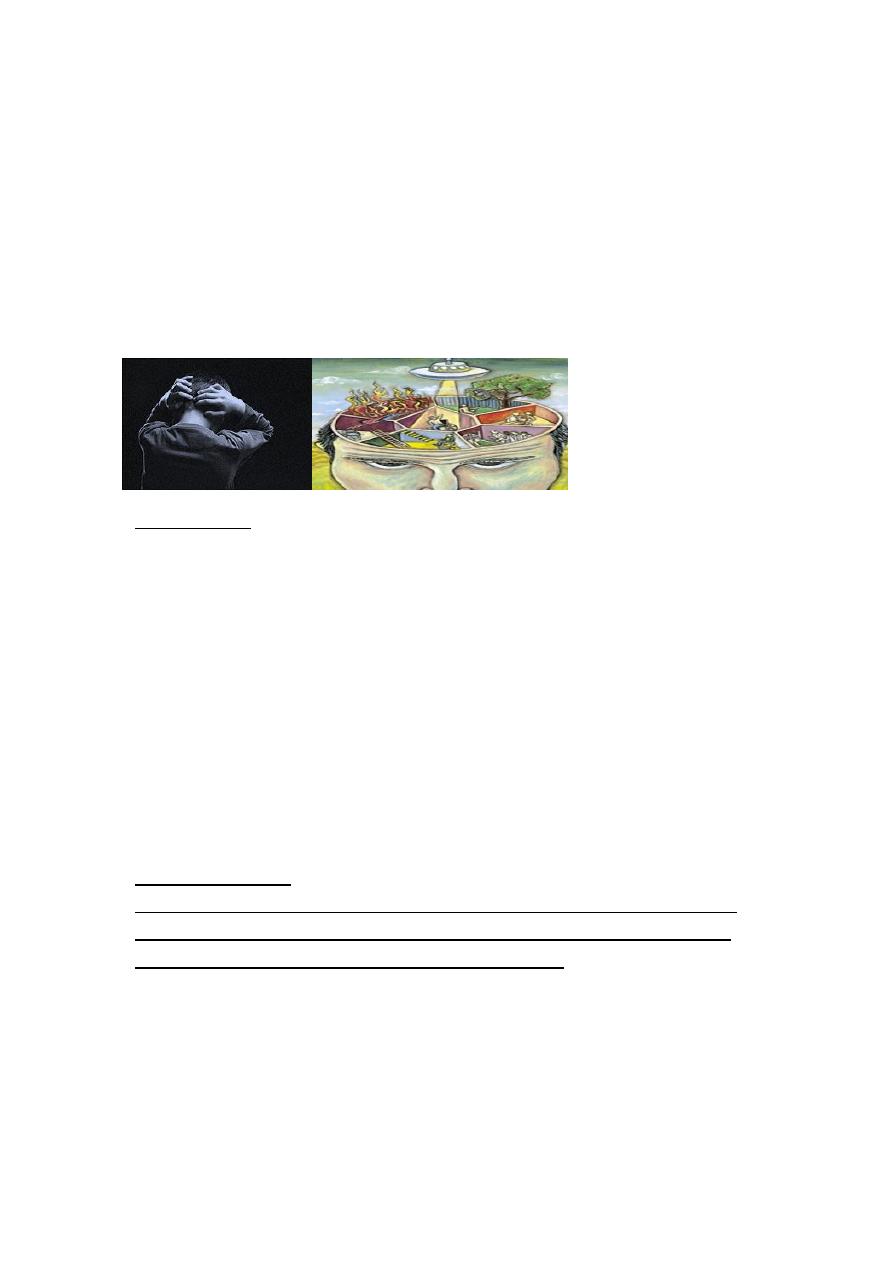
4
Social Psychology:
Definition of psychology:
"The study of human behavior- of how people behave and why they
behave in just the way they do".
medicine and psychology.
trained in
are persons
Psychiatrists:
* So psychology includes every aspects of human life and every type of
human relation.
Healthy behavior:
Refers to those activities people undertake (1) to avoid disease and (2)
to detect asymptomatic infections (or diseases) through appropriate
screening test.
e.g. The use of condoms and routine lab check.
ess behaviors:
Illn
t to illness". Generally people wait and symptoms, if
"How people reac
persist, then they tend to (1) take home remedy, or (2) take advice of
folk medicine, or (3) ask help of modern medicine.
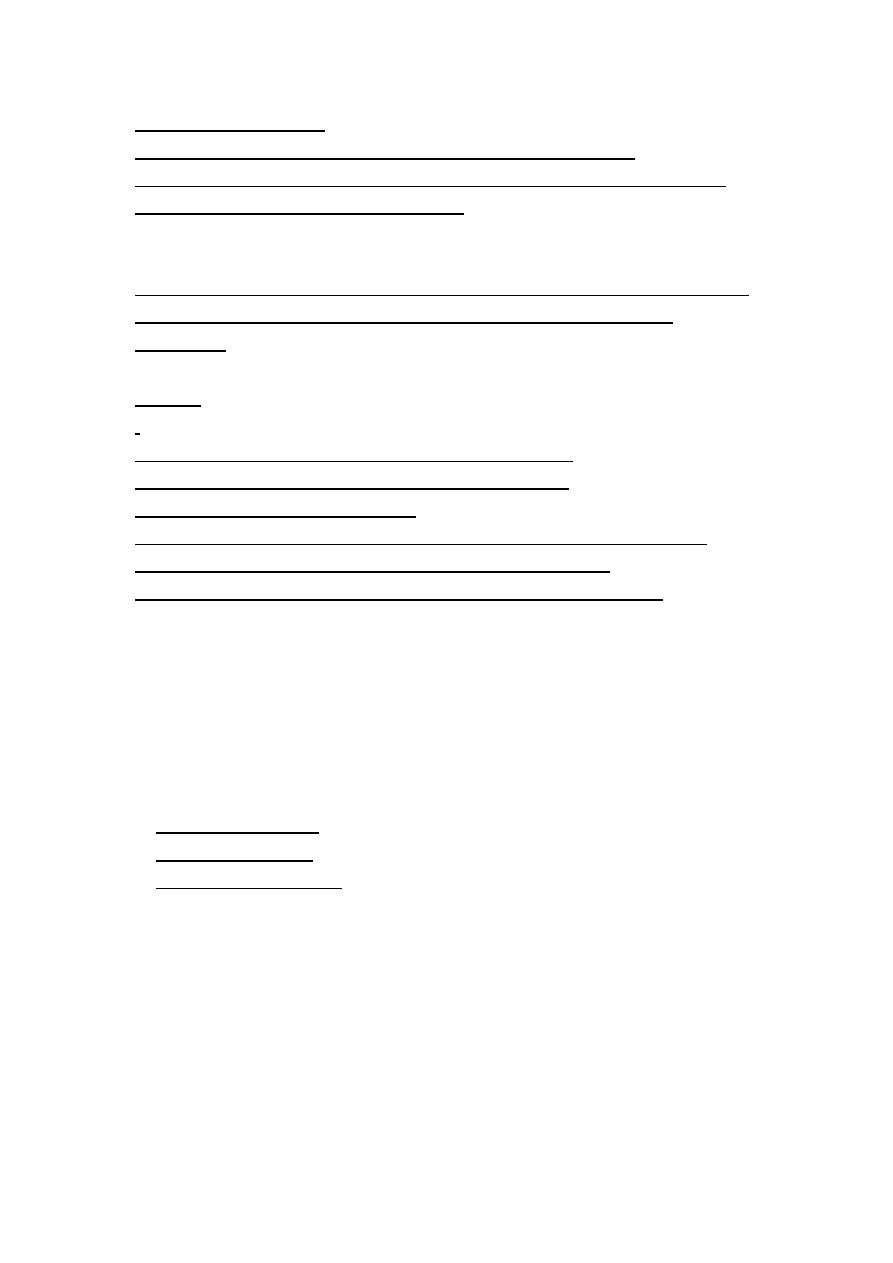
5
Treatment behavior:
“
Those activities used to cure diseases and restore health
“
It is important that patient should seek medical advice, take drugs as
prescribed, and return to test for cure.
(stimuli),
for certain causes
(results)
in general are responses
Behaviors
the goal of psychology is to find relations between stimuli and
sponses.
re
Causes:
: as sight, smell and touch.
Environmental stimuli
1.
: as anger, joy and hunger.
Emotions and feelings
2.
: as eat, drink and dress.
Needs
3.
: " inner force which drives an individual to a certain
Motivations
4.
action" as success in the examination, to have a wealth.
: perception, thinking and reasoning.
Intellectual perception
5.
Behaviors in general are responses (results) for certain causes (stimuli),
the goal of psychology is to find relations between stimuli and
responses.
Responses:
: as habits, skills.
Physical responses
1.
: as emotions, feelings and tensions.
Organic responses
2.
: as perceptions, thinking and reasoning.
Intellectual responses
3.
Emotions: "is a strong feeling of the whole organism" and it motivates
human behavior.
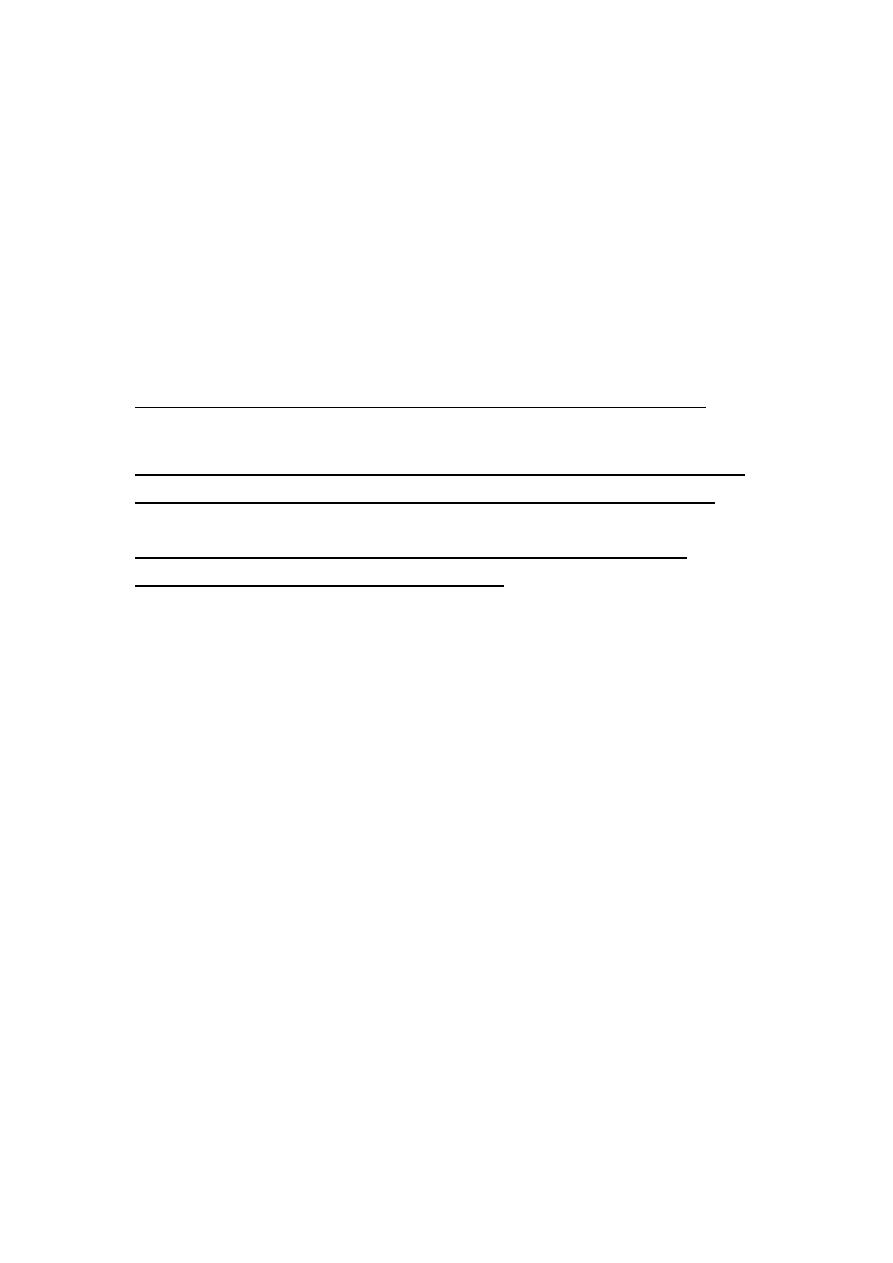
6
It is characterized by:
1. External change: Apparent, and easily seen by others as facial
expression (angry, happy etc) and posture.
2. Internal change: Physiological changes evoked by psychological
action (as ↑ Bp, rapid pulse, tension and pain) usually transient and
subsides when patient return to "normal".
lse, breathing, flushing etc.
May manifest as increase in pu
Anxiety:
s admitted to hospital are usually anxious, and under tension so
Patient
nce.
y and give him reassura
doctor must understand patients anxiet
and gives the patient
magic
A kind word from the doctor like a
*
considerable relief from emotional anxiety.
Control of emotion:
A well adjusted and mentally healthy person is one who is able to keep
his emotions under control.
The following tips may help in controlling one's emotions:
1. Cultivate hobbies, good habits of reading and recreations.
2. Adopt a philosophy for life in order to adopt mental conflicts.
3. Try to understand your own limitations.
4. Develop a sense of humor.
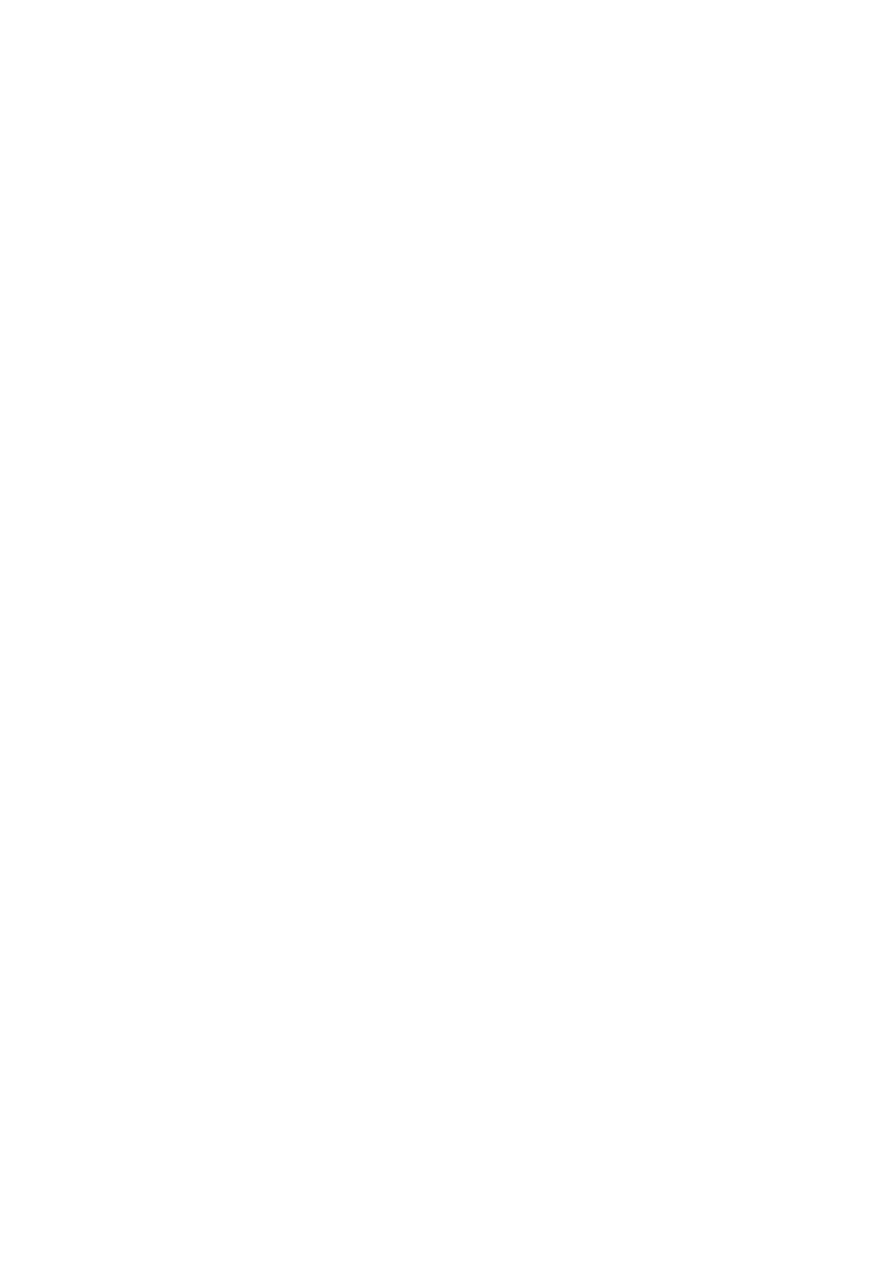
7
Motivation:
"Inner force which drives an individual into certain action". It also
determines human behavior.
May be positive "the carrot" or negative "the stick“, both, the carrot and
the stick, may “formal” or “informal”.
With out motivation behavioral changes can not be expected to take
place.
A motivated person acts willingly and knowingly.
Cultivation of good (healthy) habits is desirable and it is at Primordial
prevention level.
Principles involved in habit formation are:
1. Should begins early in childhood before formation of unwanted
habits.
2. Should use frequent repetition model.
3. Should take time to be formed, not overnight.
4. Should be a strong emotional stimuli.
5. Good habits kills bad habits,
The best way to wash the bad habit is by cultivating good's one.
* Habits build up human personality, and man should not become a
slave to his habits, he should remain master.
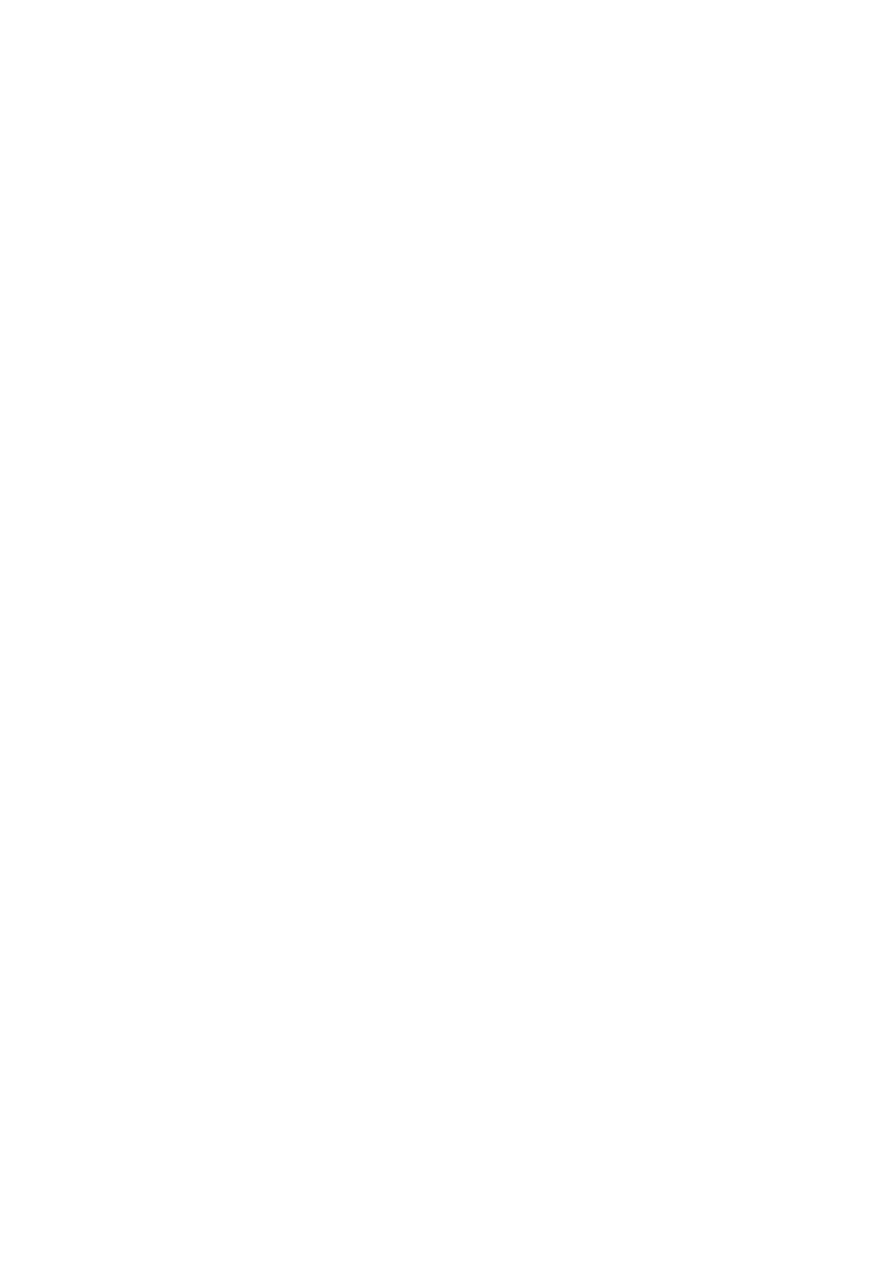
8
Frustrations:
When people are unable to meet their needs and desires they feel
frustrated.
The source of frustration may be external as
unemployment, or internal as low I.Q.
* Frustrations may enhances the person to work hardly in order to
overcome the failure, or may lead a person to change his goals, or if
continue may damage the person's personality.
Mental defense mechanisms:
1. Rationalization.
2. Projection.
3. Compensation.
4. Escape mechanism.
5. Displacement.
6. Regression.
* A mentally healthy person, will not use mental defense mechanisms
for achieving success or happiness.
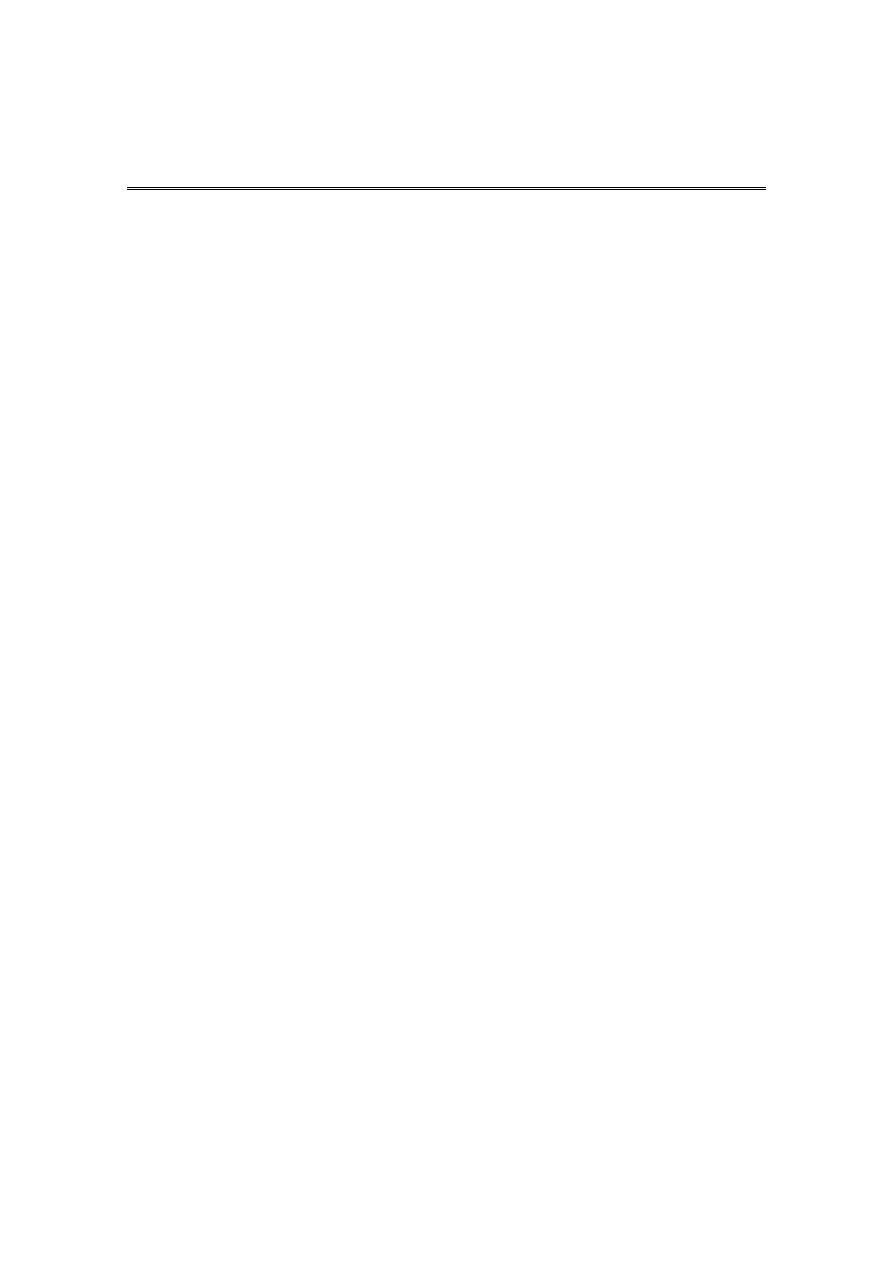
9
4th stage
طب مجتمع
Lec-2
د.ظافر
10/11/2015
Social structure:
Definition of community: is a network of human relationships and it is
the major functioning unit of society.
It is the place where our home is located, children are educated, sick
people are treated and individuals basic needs and desires are met.
* No man is an island, from the time of birth until death, all normal
human beings are part of a group, the family or community.
Characteristics of a community:
1- The community is a contiguous geographical area.
2- It is composed of people living together.
3- People cooperate to satisfy their basic needs.
4- There are common organization e.g. markets, schools etc.
Classification of Social Differentiation
Social Class:
People in community are differentiated by certain characteristics which
they bear, and social class is closely bound up with way of life, attitudes,
expectations and degree of stress.
Social scientists used occupation widely as a mean of determining the
level of social standing of an individual in a community.
Occupation is the major determinant of:
1. Economic rewards.
2. Extent of authority and rights.
3. Extent of responsibilities.
4. Degree of status.
5. Values and life styles.
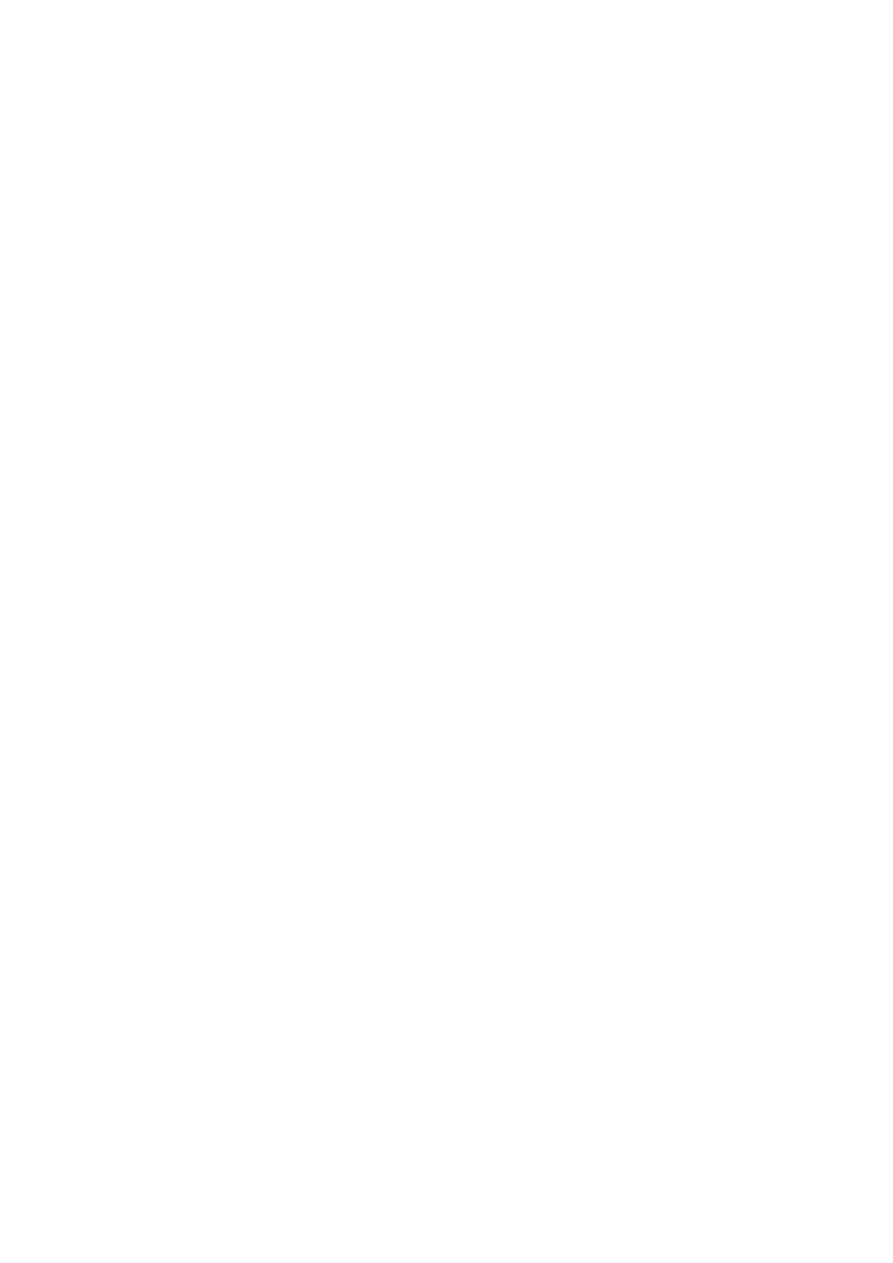
11
Social class is determined according to occupation, the following:
Occupational social classification is the most one used all over the world
which is established in England and Wales:
I- Professional occupation (doctors, lawyers).
II- Intermediate occupation (managers, merchants).
III N – Non manual skilled occupation (teachers, clerks)
III M- Manual skilled occupation (carpenters, electricians).
IV- Party skilled occupation (roof setting labors).
V- unskilled occupation (laborers, cleaners).
Factors of Social class difference in health and diseases:
I- Physical environment: the type of housing, overcrowding, access to
safe water and clear air all have an important effect on health of human
and actually these factors are differ in different social class.
II – Difference in services provided: some people in lower social class
are even un-doctored.
III – Materials and resources: income , wealth, tools all are important
factors for accessing a better health services.
Factors of Social class difference in health and diseases:
IV – Genetic endowment: people in certain social class tends to marry in
the same social class, which lead to increase probability of certain
genetically determined diseases as e.g. thalassaemia.
V – Educational status: illiteracy and ignorant all are known risk factors
for certain diseases.
VI – Attitude to diseases: It is found that middle social class are the most
social class seeking for medical advice and treatment.
Perinatal mortality by social class 1980, England and Wales
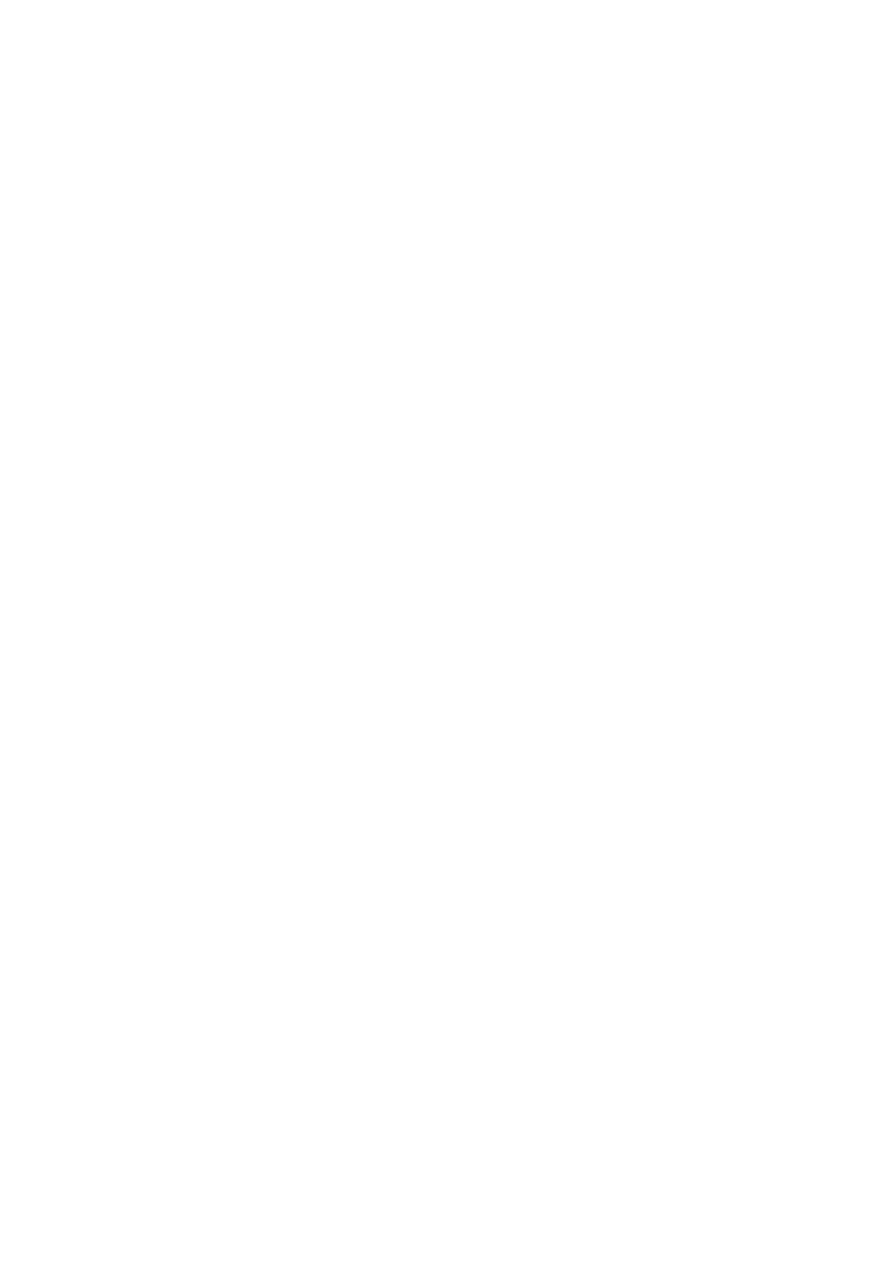
11
Healthy life style: When the life style of an individual in the process of
promoting the health. E.g. adequate nutrition, enough sleep, sufficient
physical activity, smoke free society and reduction of stress.
Unhealthy life style: When the life style of an individual in the process of
deteriorating the health.
E.g. in western countries when life styles changed in middle 20th
century, many medical problems raised as CHD, obesity, lung ca., and
drug addiction.
Social organization:
Social organization for any community is composed of different types of
social relationships for different groups used for different purposes.
The social groups to which people belong are the family, the kinship, the
caste, religion, villages , cities and state.
Besides there are certain functional groups such as club and various
associations, as schools universities etc.
The Family:
Definition: is the primary unit in all societies, it is a group of biologically
related individuals living together and eating from a common Kitchen.
(household not a family in that may not be blood related as servants).
The importance of the family in the community:
As a biological unit, the family members share a pool of
genes.
As a social unit, they share a common physical and social environment.
As a cultural unit, they reflects the wider society which determine the
behaviors and attitudes of its members.
As epidemiological unit, in providing social and medical services to its
members.
As a religious unit, It is the main core for continuation of
religions.
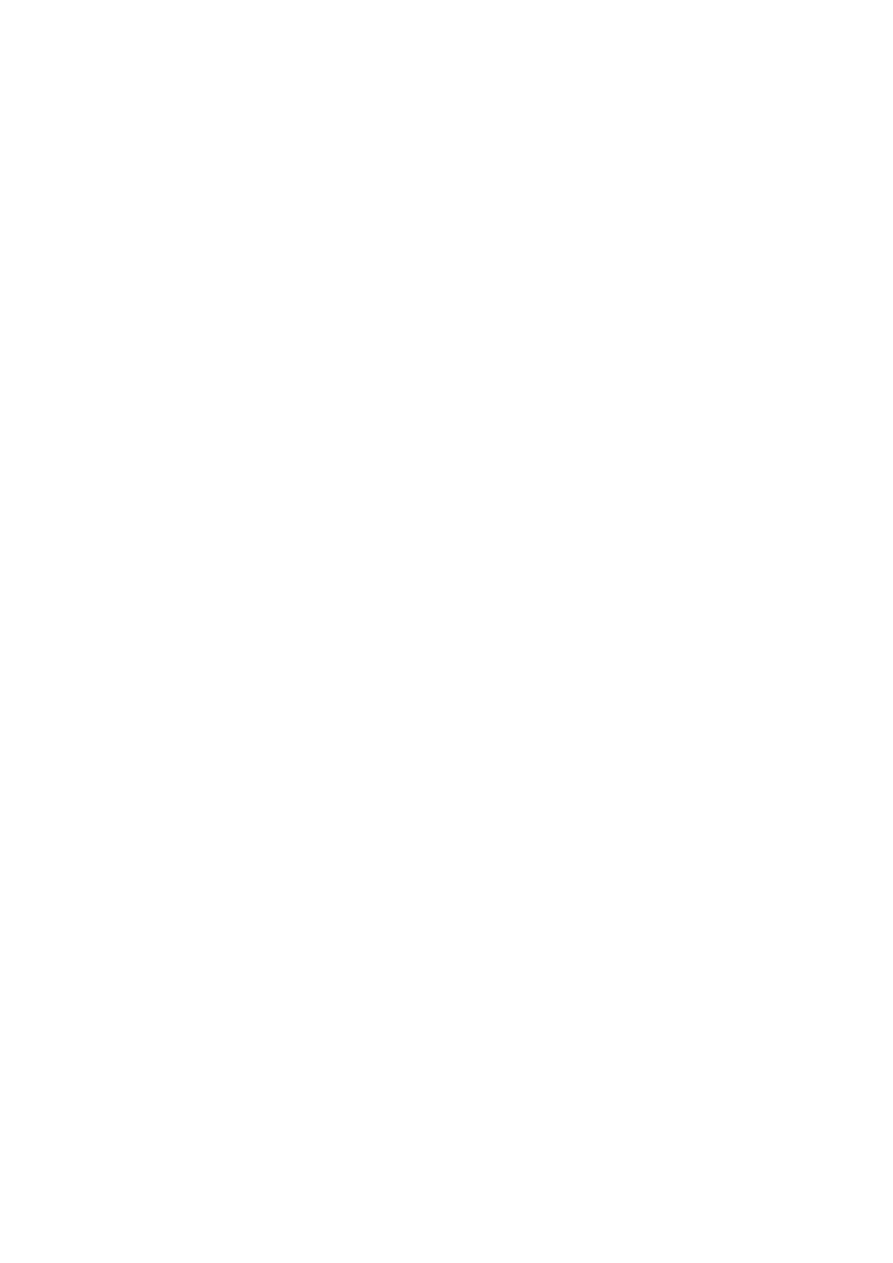
12
As a medical unit, within which usually, the first health care takes place.
As a psychological unit, in both + and – way.
Family of origin: is the family in which one is born.
Family of procreation: is the family which one sets up after marriage.
Family cycle and stress (critical occasions):
1. Structure:
- Adolescence (juvenile delinquency)
- First pregnancy (puerperal psychosis)
- Menopause.
- Retirement.
2. Childhood:
- Insecurity.
- Marital discord.
- Prenatal rejection (paternal, maternal and dual).
- Institutional rearing.
3. Adolescence:
- Drug abuse and addiction.
- Inappropriate sex behaviors.
- Alcoholism.
- Crime.
4. Parenthood:
- Death of one parent.
- Single family headed by a woman.
- Divorce.
5. Aging:
- Mental illnesses.
- Role of family in the life of elderly human.
- Isolation.
Types of Families (structure):

13
1. Nuclear Family: is universal in all human societies. It consists of the
married couple and their children while they are still regarded as
dependents. They tend to occupy the same dwelling space.
The husband usually play a dominant role in the household.
New family: consists of parents and children under 10 years of initiation.
2. Joint Family (extended family): is a kind of family grouping and more
common in agricultural areas, it is characterized by:
- In the same house, there are no. of married couples, all men are
related by blood, all females are their wives, or unmarried girls or
widows of the family kinsman.
- All the property is held in common. All for each and each for All
(socialistic).
- All the authority for senior male of the family and subsequently for his
wife.
-The familial relations enjoy primacy over marital relations.
- The motto is " union is strength".
3. Three Generation family:
- Three generation in the household.
- Occurs when young couples fail to
find separate house.
4- One-parent family.
5- Communal family.
6- Quasi-family.
7- Strange family of modern ages.
(homosexual, Gay, Lesbian)
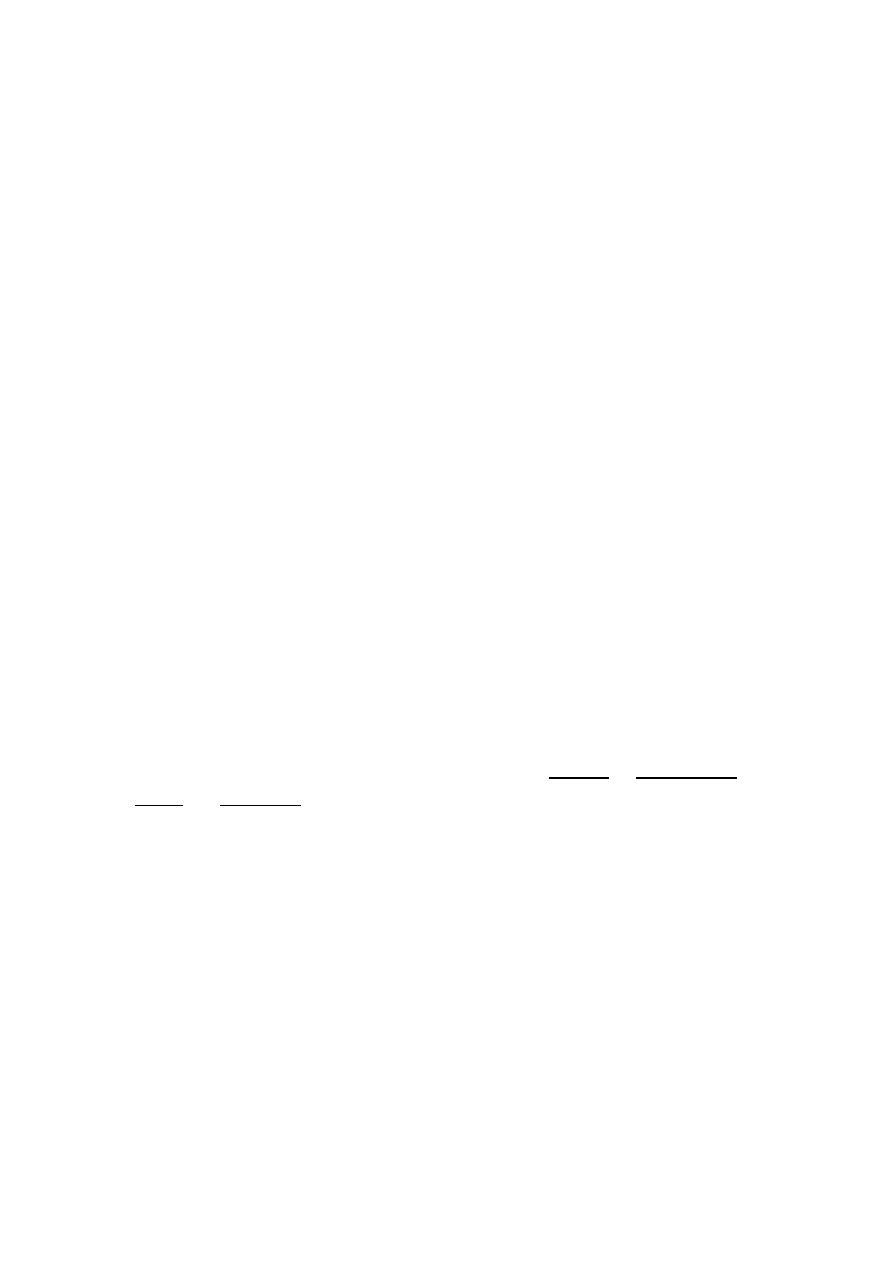
14
Types of Families (organization):
1- Composition: Monogamous, polygamous (polygyny,
polyandry).
2- Method of inheritance: Patrilineal and matrilineal.
3- Type or residence: Patrilocal and matrilocal.
4- Type of authority: Patriarchy and matriarchy.
5. Broken family:
- Divorce.
- Widowed.
- Both parents die.
- Paternal, maternal or dual parent separation.
6. Problem families: those families lag below the minimum accepted
level, both parents unable to meet physical and emotional needs of their
children, the home life is utterly unsatisfactory, there is usually a
personality and relationship problems, backwardness, poverty, illness,
mental and emotional instability and marital disharmony.
,
prostitution
of
victims
The child reared in such families are usually the
.
vagrancy
and
crime
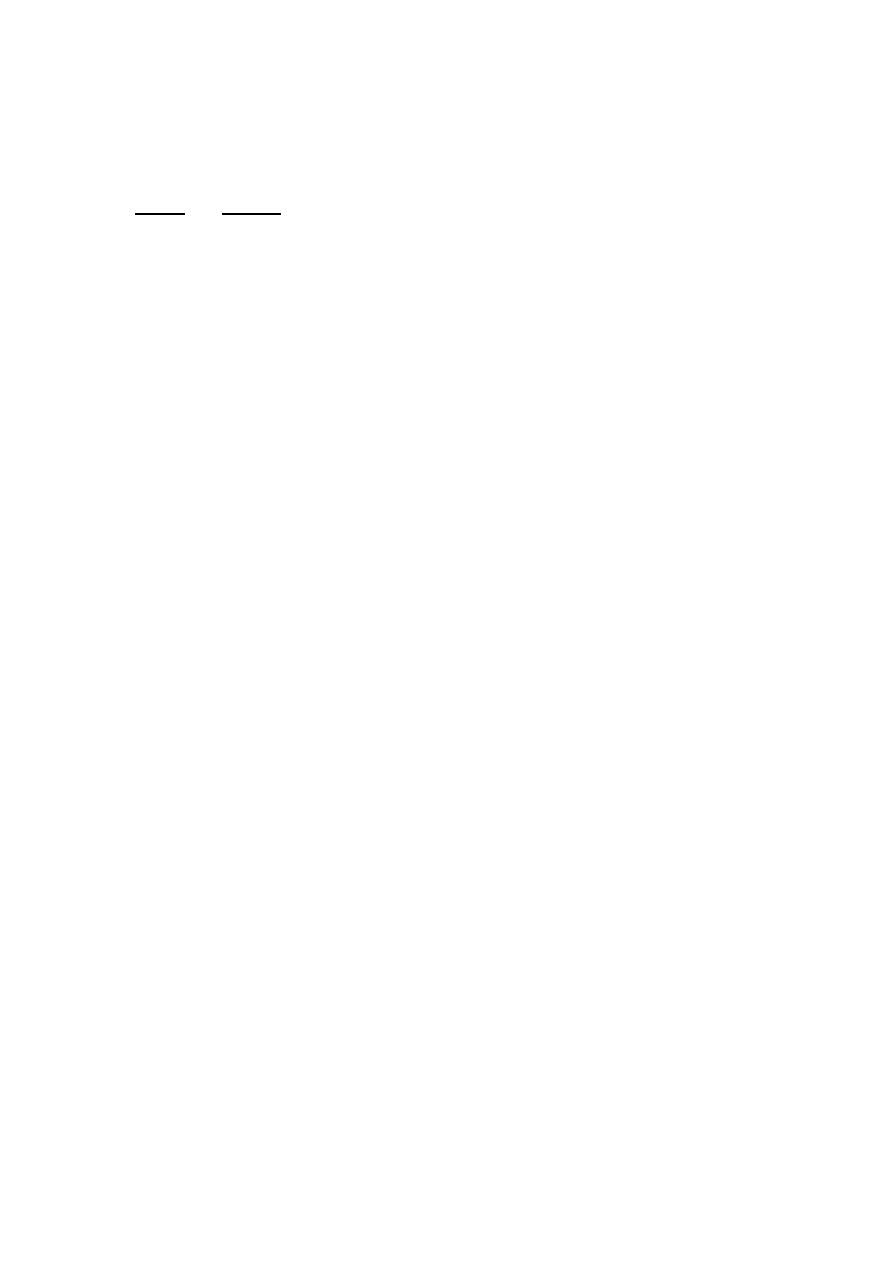
15
Functions of Family:
1. Residence: One of the major function of the family is to provide a
home to its member.
decent
and
clean
2. Division of labors: In primitive societies it is well established, but in
modern society, there is no clear distinction.
3. Reproduction and bringing up of children.
4. Socialization: Reproducing barbarian baby to socially acceptable
person.
5. Economic function: Providing security from want.
6. Social care:
- Giving status in the society to its members.
- Protecting its member from insults.
- Regulating marital activities of its members.
- Controlling Religious and social activities.
- Regulating sex relations through incest- taboos.
Family in health and disease:
* Anyone who is concerned with medical practice will come to know that
family is ultimately the unit with which one has to deal.
Most Eastern societies characterized by Familialism.
Most Western societies characterized by Individualism.
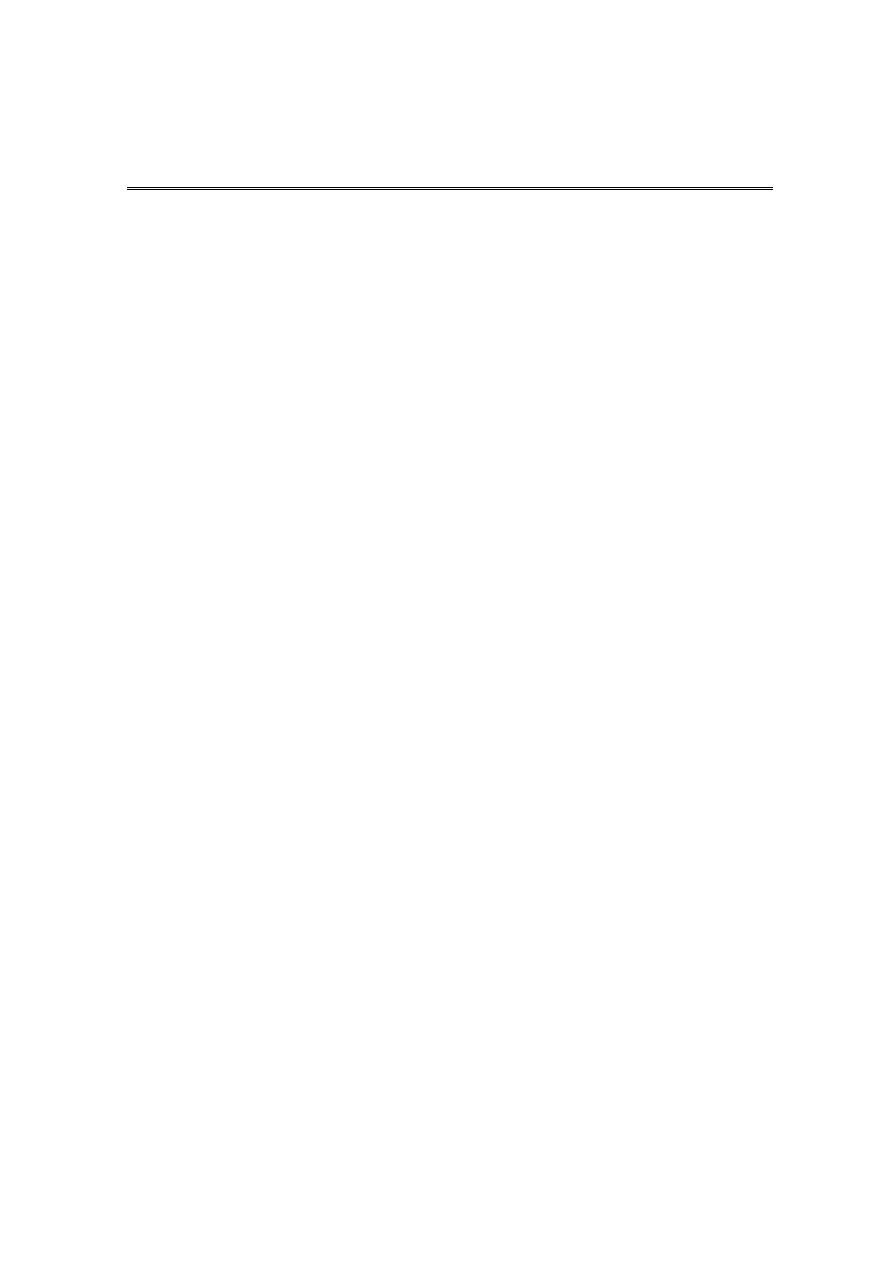
16
4th stage
طب مجتمع
Lec-3
د.ظافر
10/11/2015
Sick Role, Healing Role
and
Health Seeking Behavior
Types of medical belief system:
1. Domestic (popular) medicine:
Not-professional and not scientific such as mother treating her children.
2. Traditional (folk) medicine:
Not scientific, but professional such as injectionists.
Also involves (Alternative medicine & Self-help group).
3. Scientific medicine:
Professional and scientific such as modern medicine.
Reasons for the power of traditional (folk) medicine:
1. Short history of modern medicine.
2. Restricted fields of modern medicine (inaccessible).
3.Traditional Dr. stress on interpersonal relationship.
4.Traditional Dr. is trusted.
5.Traditional Dr. shares the patient culture.
6. Many illnesses are either brief and self limiting or chronic and
fluctuating.
7. In traditional medicine there are many explanation for failure.
Status:
Is the position of any one in relation to other person. A person may have
different and several statuses depending on social relationship that are
involved.
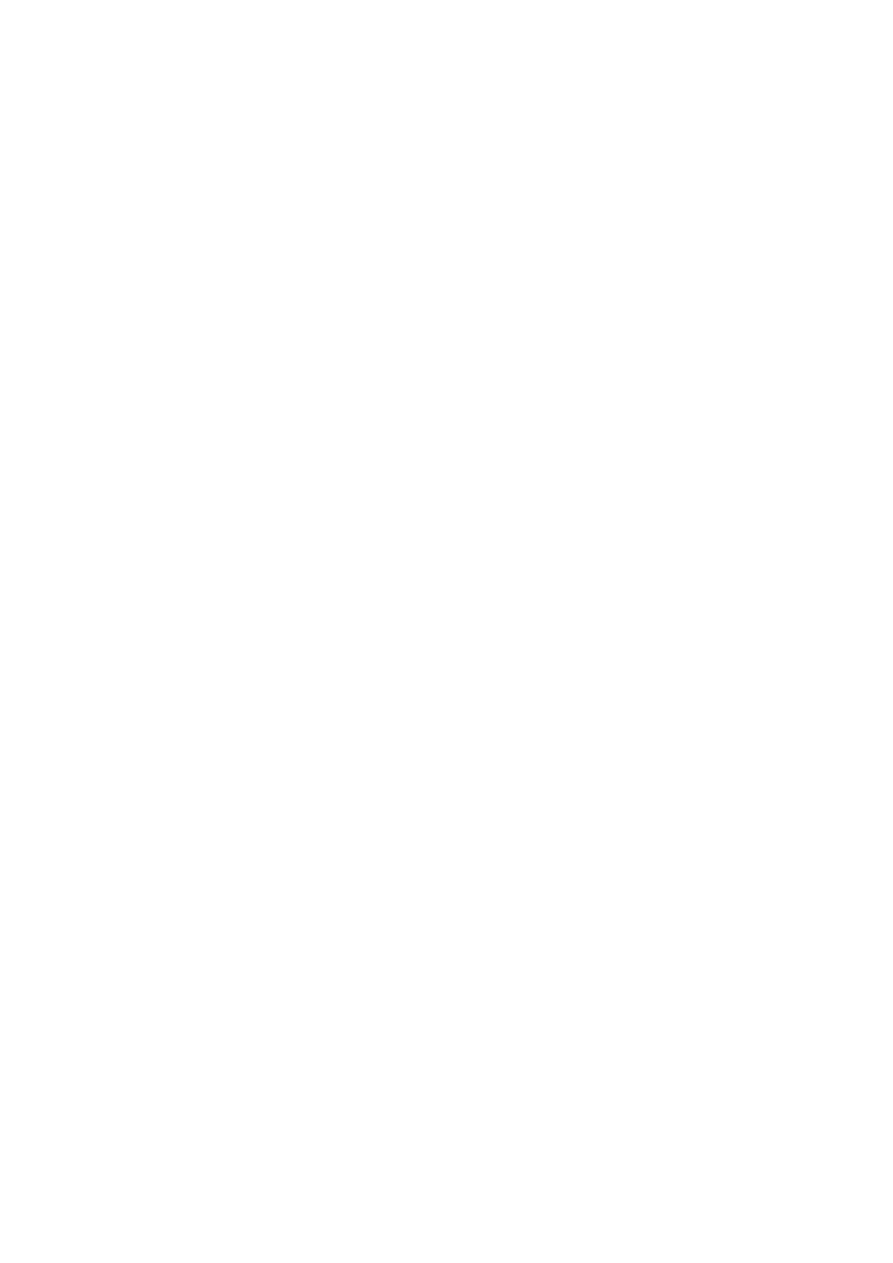
17
Types of status:
1. Static (ascribed): is that status which is given at birth and does not
depend on the individual's own efforts e.g. sex, race and inherited
anomalies.
2. Changing (achieved): it is that status that an individual gains
according to certain efforts and abilities e.g. medical students are in
process of achieving the status of the doctor.
Role:
is the dynamic aspect of status, i.e.
(the expected behavior of the person
in particular status).
In the society, individuals have allocated roles as people in drama and
the role that an individual is trying to play becomes part of his
personality.
In a single day, a man may play a role of husband, father, employee,
friend, son, brother,
committee chairman, guest, neighbor.
These roles in human life might lead to role conflicts and stress and
actually, role set are organized automatically within human and in
relation to society.
Sick Role:
The expected behavior of someone who is becoming ill.
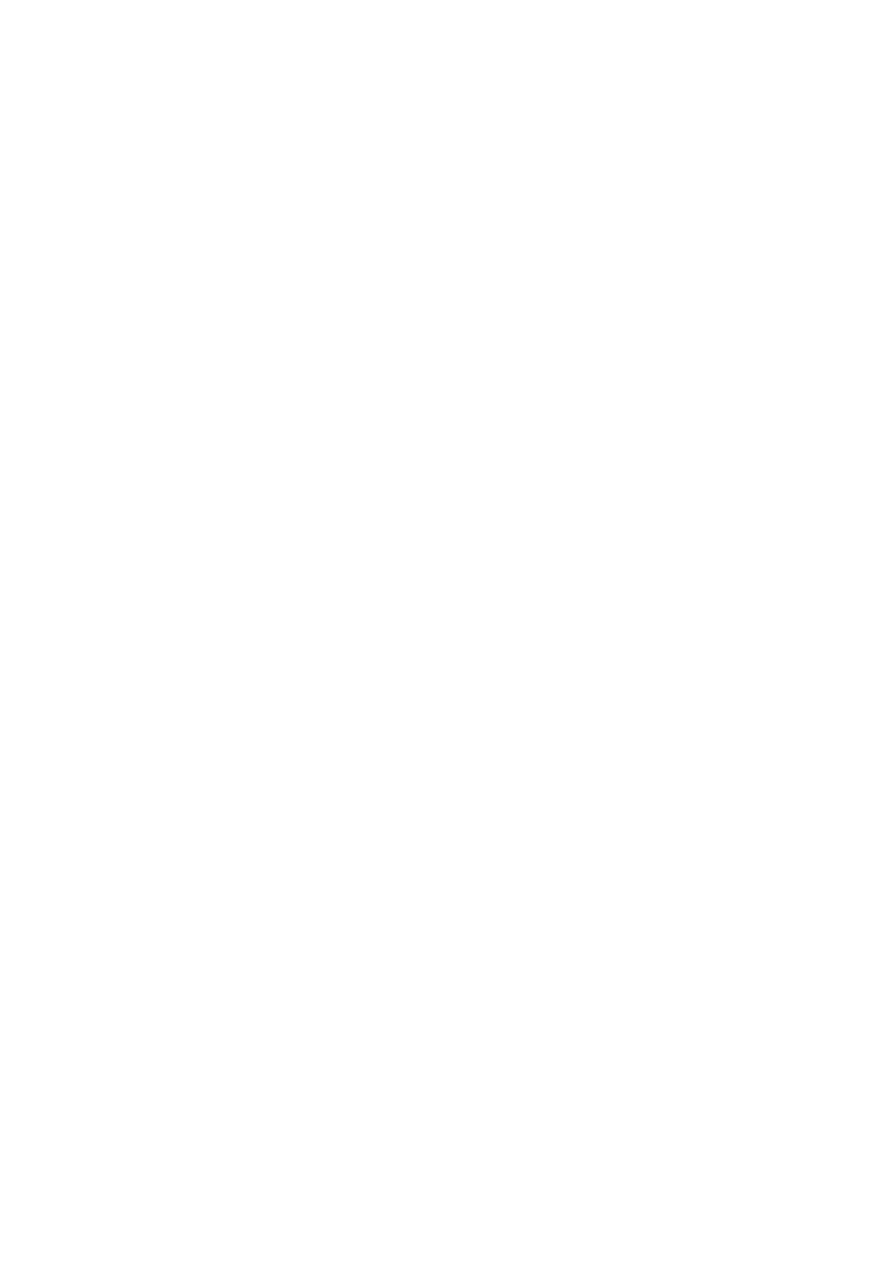
18
Healing Role of Doctors:
Definition: The expected behavior of someone who is becoming a
doctor or physician and it represents the dynamic aspect of the doctor's
status in the community.
The Community Expectations from the Doctor:
1. Effective curing ability.
2. Effective caring ability.
3. A respectful role model.
4. A good decision-making.
THE WHITE COAT OF THE DOCTOR:
1. Technical aspects (hygiene).
2. Symbolic aspects:
A- Authority
B- Science
C- Reliability
CONFLICTS IN THE DOCTOR'S LIFE:
1. Shortage of time.
2. The problem of uncertainty about diagnosis and treatment
3. The knowledge that some diagnosis are unhelpful
4. Breaking bad news.
5. Conflict of right and honest decision.
6. Inability to resolve social predicaments as poverty.
7. The conflicts of other roles for doctors e.g., family recreation.
8. The conflicts of rest and tension .
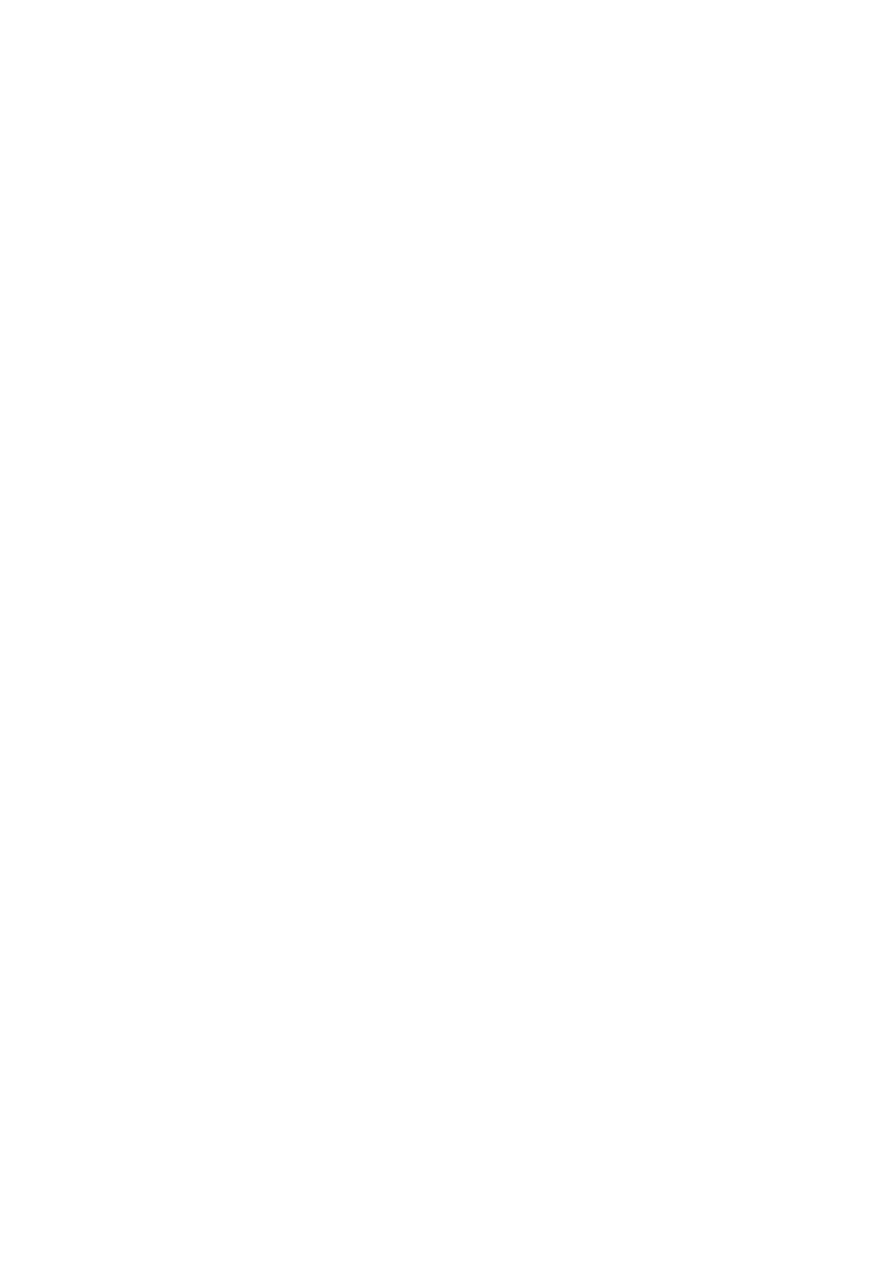
19
Social Pathology
Battered Baby Syndrome:
Definition:
“A clinical condition in young children , who have received non-
accidental wholly inexcusable violence or injury, on one or more
occasions , including minimal as well as severe fatal trauma, for what is
often the most trivial provocation, by the hand of an adult in a position
of trust, generally a parent, guardian or foster parent. In addition to
physical injury, there may be a deprivation of nutrition, care and
affection in circumstances which indicate that such deprivation is not
accidental".
Battered Baby Syndrome:
-This syndrome has been found in all social strata.
-The incidence is not well established.
-The most worrying sequels is mental and neurological complications.
- 10-15 % of cases of cerebral palsy, 20-30% of mentally retarted
children may be the results of “Battered Baby Syndrome”.
Prevention:
Mainly through child protective agencies.
Battered wife syndrome
Battered spouse syndrome
All these are parts of general global violence that characterized human
in modern ages.
Street Children:
A large no. of children live and work on the streets, a high proportion
without any family support, particularly in the mega cities of the
developing world.
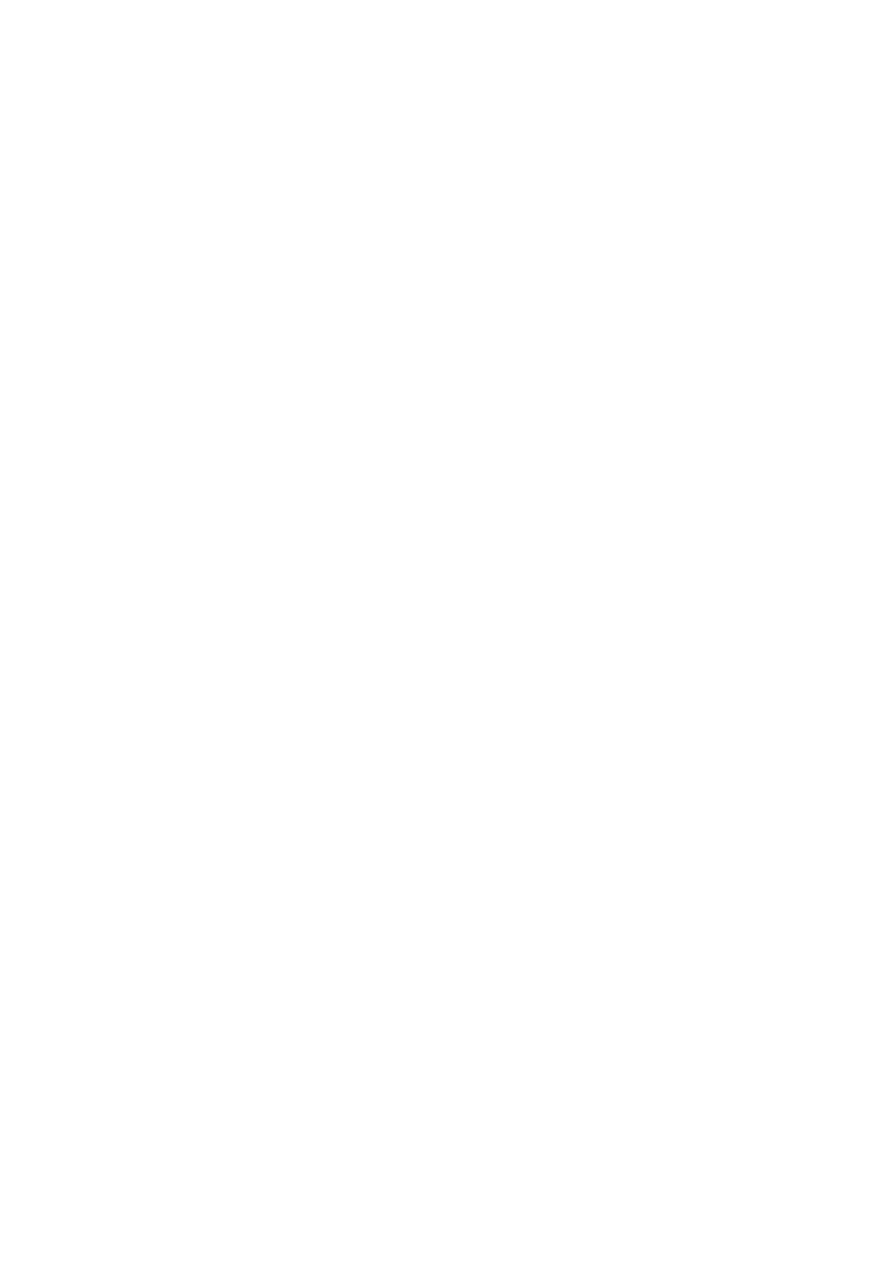
21
Street children are at high risk of :
1. Malnutrition and subsequent stunting of their growth.
2. Infectious diseases as T.B., STDs including HIV.
3. Skin diseases.
4. Drug abuse.
5. Prostitution.
6. Criminal exploitation.
Causes:
1. Major losses in family members.
2. Natural and man-made disasters.
3. Bye-product of wars and riots.
4. Poverty.
5. Rapid urbanization and industrialization.
Incidence:
A bout 100 millions around the world,
- 40 millions in Latin America.
- 25 millions in Asia.
- 10 millions in Africa.
- 25 millions in other areas and the developed world.
Control of street children:
1.The rehabilitation by the government and non-government voluntary
agencies.
2. Counseling centers should be established for them.
3. They should be provided with free school facilities.
4. Job opportunity is another way in helping them.
Child Labor:
Causes:
1. Poverty.
2. Unemployment.
3. Lack of education.
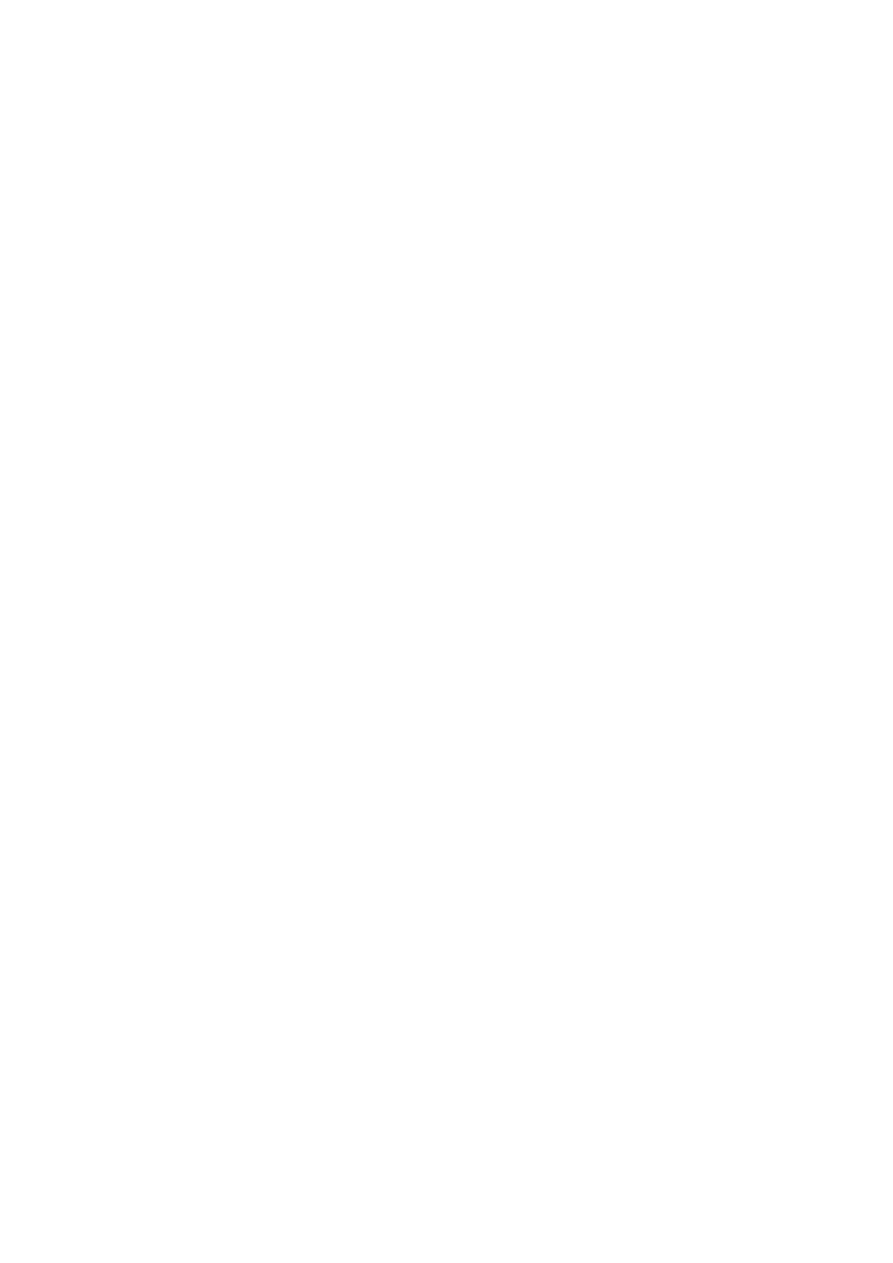
21
Incidence:
- According to surveys of ILO (International Labor Organization), over 79
millions children under age of 15 years were obliged to work, sometimes
as young as 5 years in paid employment.
- 70% of those children are in Asia and Africa.
It is impossible now to eliminate the problem through legislation, but
the legislation can regulate this problem by regulating the condition of
work in order to prevent those child from abuse and deviance.
Child Marriage:
- In India, before 1951 (no legislation),
the average age of marriage was 13 years.
- In 1978 Legislation established, reached, 15 years, and in 1991, the
average age of marriage reached 19 years.
- This is a good example of how legislation can manage certain health
problems at community level.
Prostitution:
Is an age-old social evil. It is a social problem in most urban areas, and to
a lesser extent in rural areas.
Health effect of prostitution:
1. STD ( specially HIV/AIDS).
2. Illegitimate babies.
3. Breakdown families.
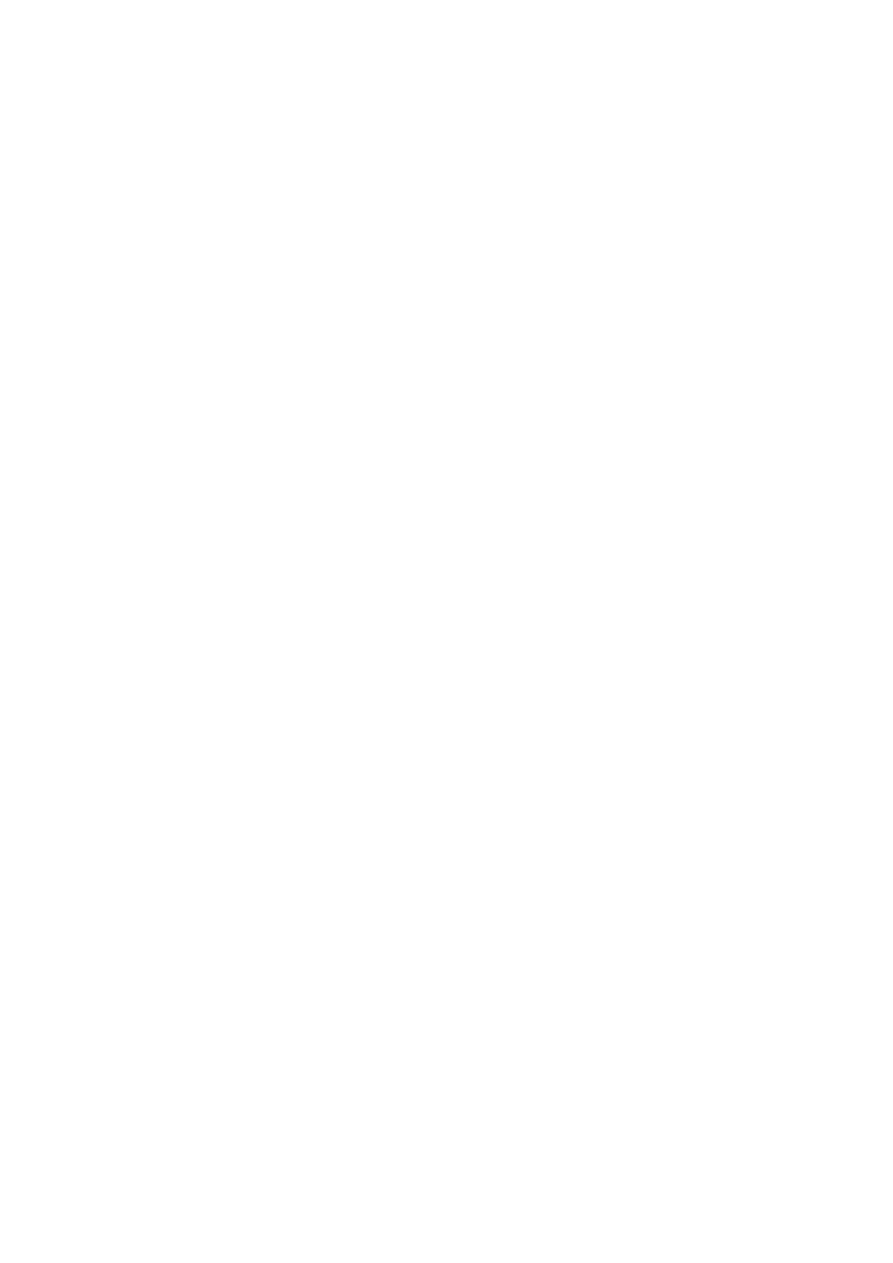
22
Underlying causes:
1. Changes in environment.
2. Breakdown of family relations.
3. Parental quarrels.
4. Want of affection.
5. Illegitimate love.
6. Easy money.
7. Low I.Q.
8. Low moral standards.
9. Poverty etc.
Dowry system:
It is an innocent custom, a symbol of love from parents to their
daughters on the eve of her marriage.
But in recent years it has grown into a social evil with many instances of
bride-burning and suicides.
These are symptoms of societal corruption.
Drug Addiction:
Definition:
It is a state of periodic or chronic intoxication detrimental to the
individual and society produced by repeated intake of habit-forming
drug.
" Drug culture" is fast making inroads into lives of young people from all
walks of life.
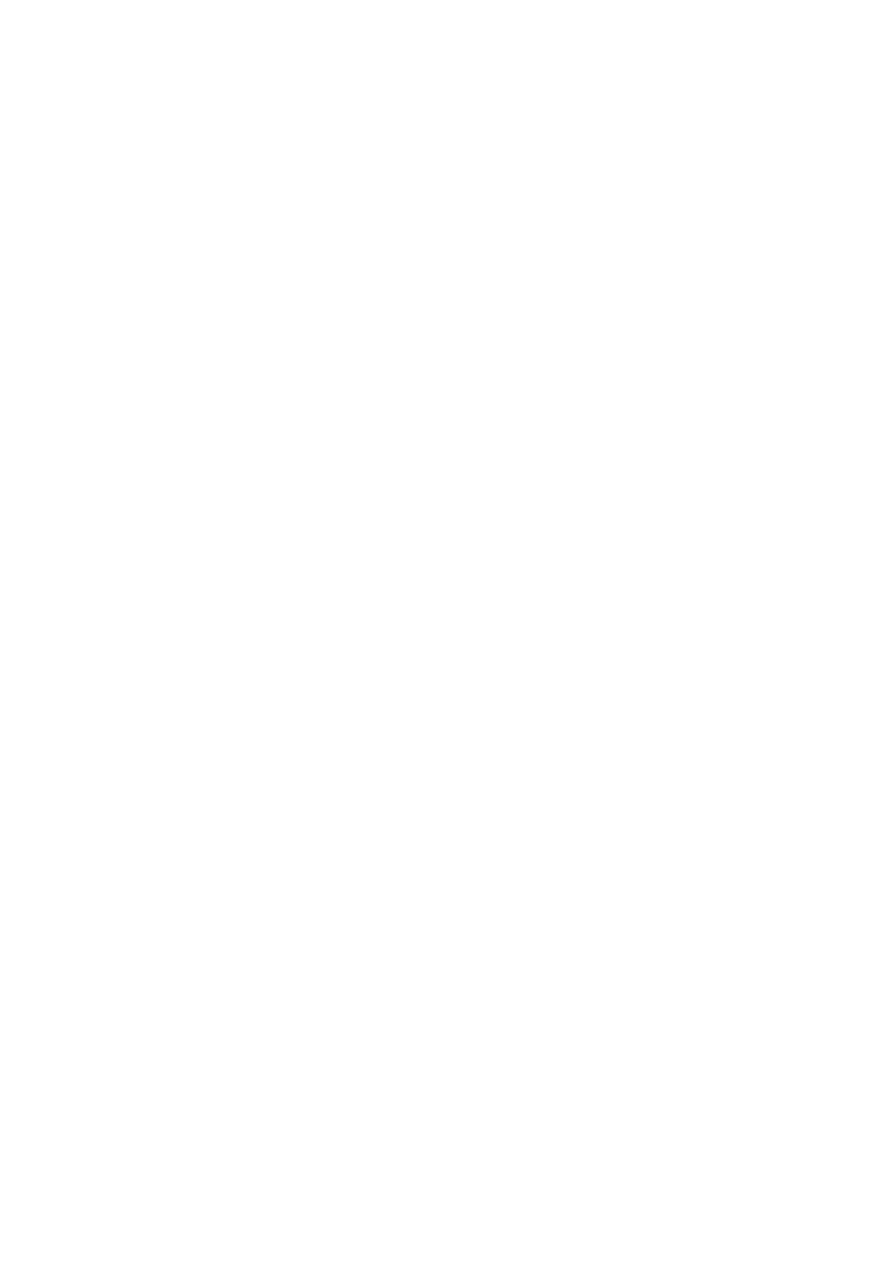
23
To call a person a drug addict, the following criteria must be satisfied:
1. Psychological dependence: there is an overpowering desire
(compulsion) to take the drug and obtain it by any means.
2. Physical dependence: when the drug is withdrawn, the patient shows
" withdrawal symptoms" as violent behavior, nausea vomiting, watering
of eyes and noise.
3. Development of tolerance: there is a tendency to increase the dose.
Treatment:
1. Medical treatment.
2. Change in environment.
3. Complete break between the patient and his group.
4. Psychotherapy.
5. Prevention through education for target population and general
public through all media.
Handicapped:
1. The blind.
2. The deaf.
3. The orthopedically handicapped.
4. The leprosy affected.
5. The mentally retarded.
6. The emotionally and socially handicapped.
Doctor- Nurse Relationship:
Medicine and nursing have common goals→ preservation and
restoration of health.
Yet their roles in achieving that are different.
Primary role of medicine → diagnosis and treatment
(cure process).
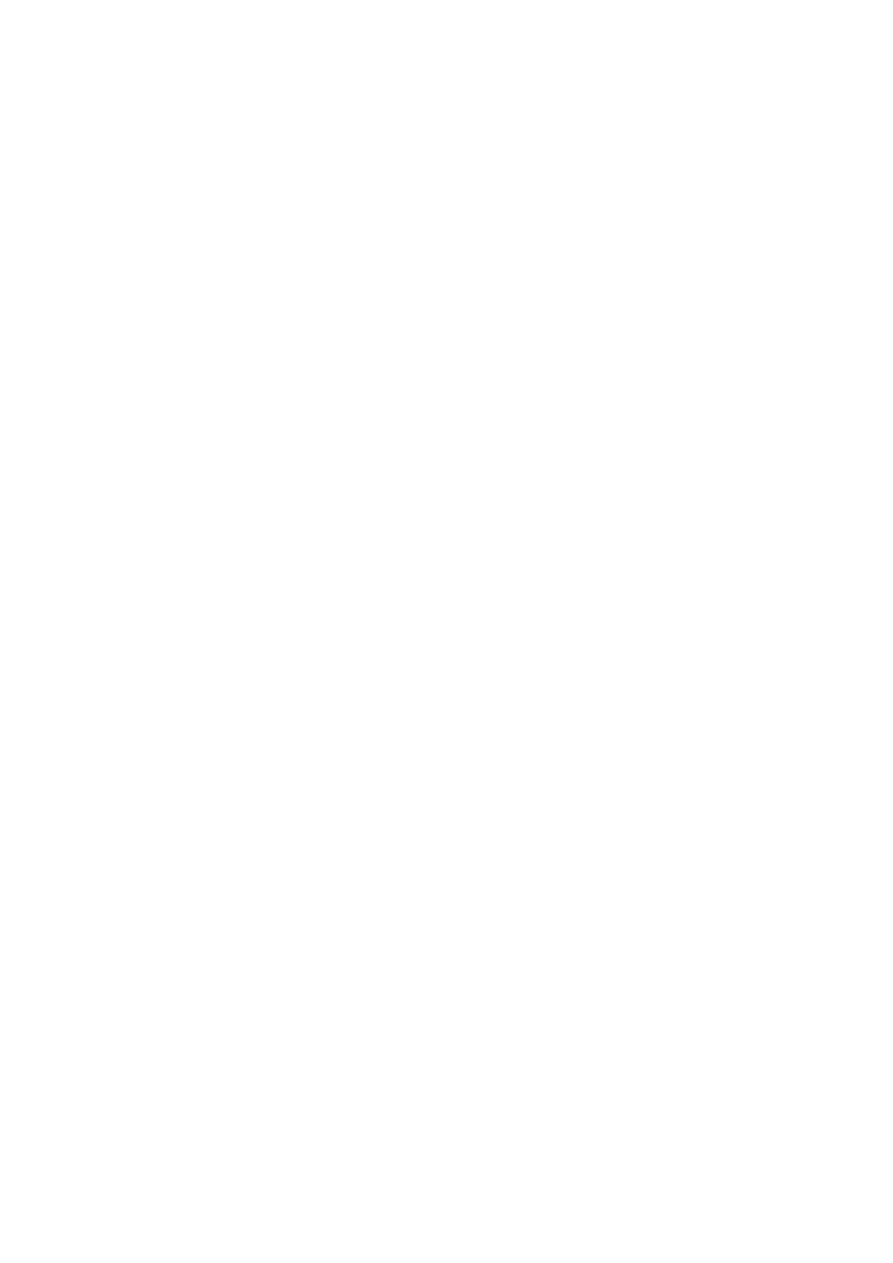
24
Primary role of nursing → caring, helping, comforting and guiding (care
process).
The guidelines for good doctor- nurse relationships:
1. The doctor should regard the nurse as a member of medical team.
2. The doctor should maintain good communication skills with all
medical and paramedical staff and patient.
3. The doctor should take the nurse's notes seriously.
4. The doctor should usually health educate the nurse.
COPRA
Is a piece of comprehensive legislation and recognizes
6 rights of the consumer (patients), namely:
1. Right to safety.
2. Right to be informed.
3. Right to choose.
4. Right to be heard.
5. Right to seek redress.
6. Right to consumer education.
